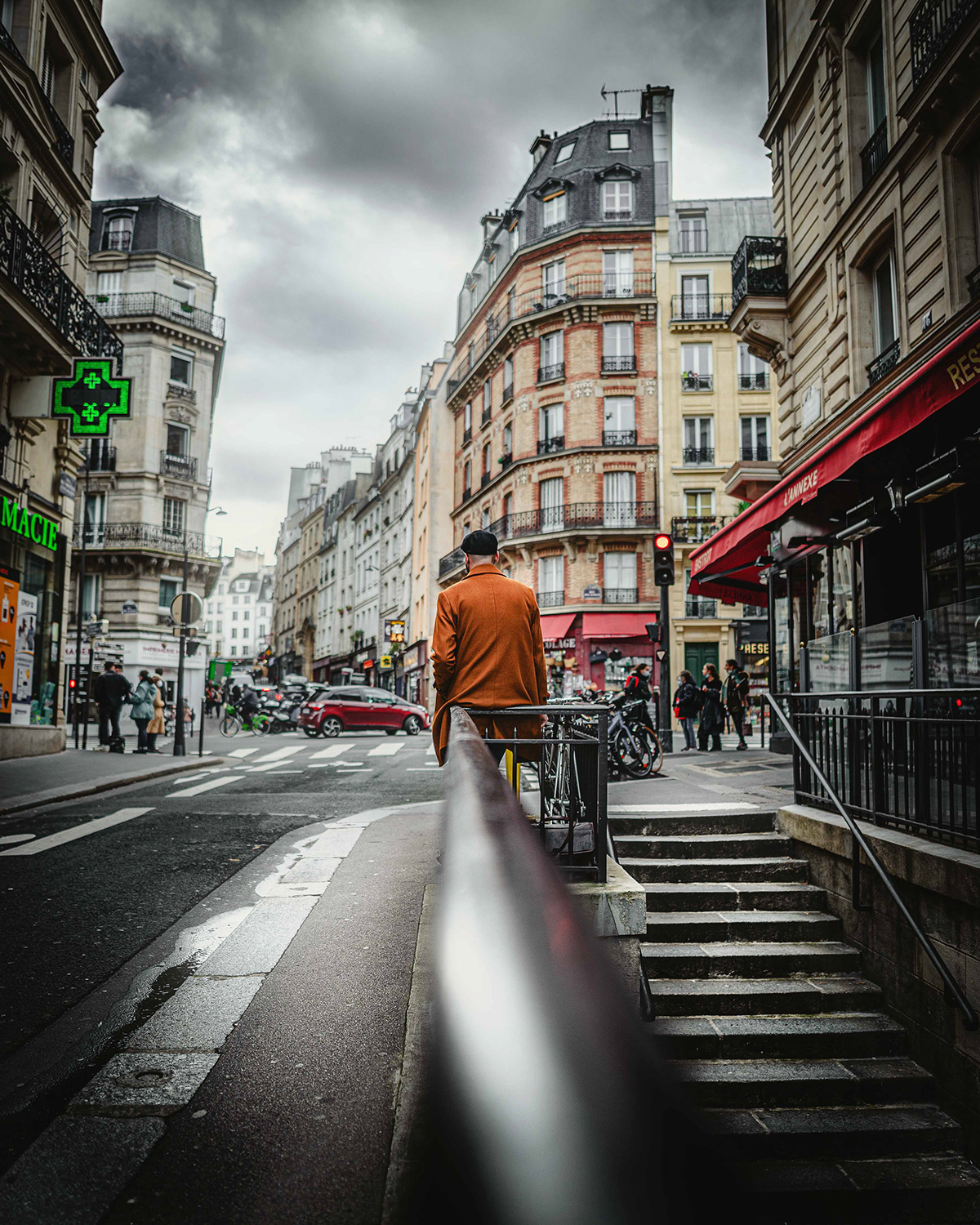The Only Guide for Street Photographers
The Only Guide for Street Photographers
Blog Article
10 Simple Techniques For Street Photographers
Table of ContentsStreet Photographers Can Be Fun For AnyoneLittle Known Questions About Street Photographers.Rumored Buzz on Street PhotographersStreet Photographers - The FactsStreet Photographers for Dummies
Street professional photographers do not necessarily have a social purpose in mind, however they like to separate and catch moments which may or else go undetected.Though he was influenced by most of those who affected the road photographers of the 1950s and '60s, he was not primarily interested in catching the spirit of the street. The impulse to visually record individuals in public began with 19th-century painters such as Edgar Degas, douard Manet, and Henri de Toulouse-Lautrec, that worked side by side with digital photographers trying to capture the significance of city life.
Due to the fairly primitive technology available to him and the lengthy exposure time needed, he battled to record the stress of the Paris roads. He experimented with a collection of photographic methods, trying to discover one that would certainly allow him to capture motion without a blur, and he found some success with the calotype, patented in 1841 by William Henry Fox Talbot. While the digital photographers' subject was essentially the same, the results were considerably different, showing the impact of the professional photographer's intent on the character of the images he created.
All about Street Photographers
Provided the fine top quality of his pictures and the breadth of material, engineers and artists often acquired Atget's prints to use as referral for their very own job, though industrial passions were hardly his primary motivation. Rather, he was driven to photograph every last remnant of the Paris he liked. The mingled interest and urgency of his goal sparkle through, leading to pictures that narrate his own experience of the city, qualities that anticipated road digital photography of the 20th century.

Unlike his peers, Brassa used a larger-format Voigtlnder video camera with a much longer exposure time, requiring him to be more computed and thoughtful in his technique than he may have been if using a Leica. (It is assumed that he might not have actually had the ability to manage a Leica back then, but he did, nonetheless, make use of one in the late 1950s to take colour pictures.) Brassa's photos of the Paris underworld lit up by synthetic light were a revelation, and the collection of the series that he released, (1933 ), was a major success.

Street Photographers Can Be Fun For Anyone
It is because of this basic understanding of the art of image taking that he is usually attributed with uncovering the medium all over again about a century because its creation. He took pictures for more than a half century and influenced generations of professional photographers to trust their eye and instinct in the minute.
These are the questions I will attempt to answer: And after that I'll leave you with my very own interpretation of road photography. Yes, we do. Allow's start with defining what an interpretation is: According to it is: "The act of specifying, or of making something certain, unique, or clear".
No, definitely not. The term is both restricting and deceiving. Seems like a road digital photography need to be photos of a streets ideal?! And all street digital photographers, with the exception of a tiny number of outright newbies, will totally value that a road is not the vital component to street digital photography, and really if it's a photo of a street with maybe a few uninteresting individuals doing absolutely nothing of interest, that's not street photography that's a photo of a street.
Street Photographers Fundamentals Explained
He makes a valid factor don't you assume? However, while I agree with him I'm unsure "honest public digital photography" will certainly capture on (although I do type of like the term "candid digital photography") since "road digital photography" click reference has actually been around for a very long time, with numerous masters' names affixed to it, so I think the term is below to stay.
Inside?! I hear you yell as you shake your hand to the sky. Why not? You can fire at the beach, at a celebration, in an alley, in a park, in a piazza, in a cafe, at a museum or art gallery, in a metro station, at an event, on a bridge, under a bridge ...
Yes, I hesitate we have more information no selection! Without guidelines we can not have a definition, and without a definition we do not have a genre, and without a style we do not have anything to define what we do, and so we are stuck in a "rules meaning genre" loop! And no-one wishes see post to obtain embeded a loop. - Street Photographers

Report this page